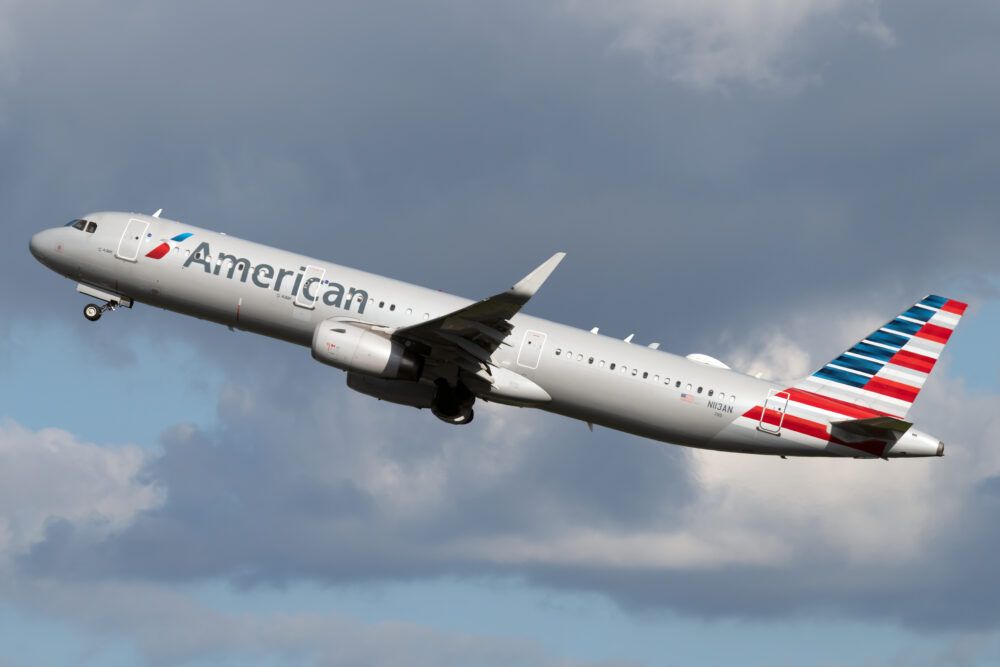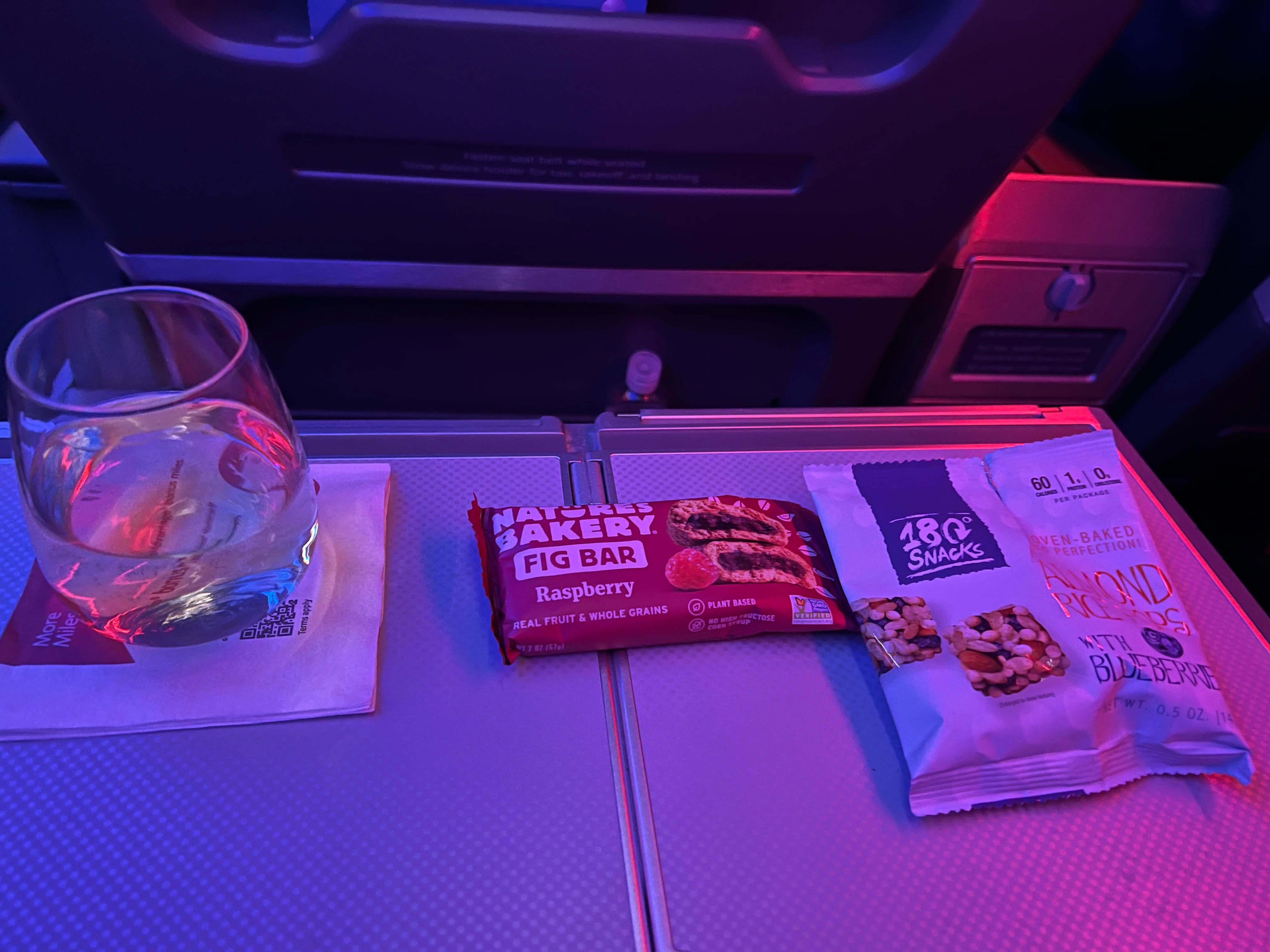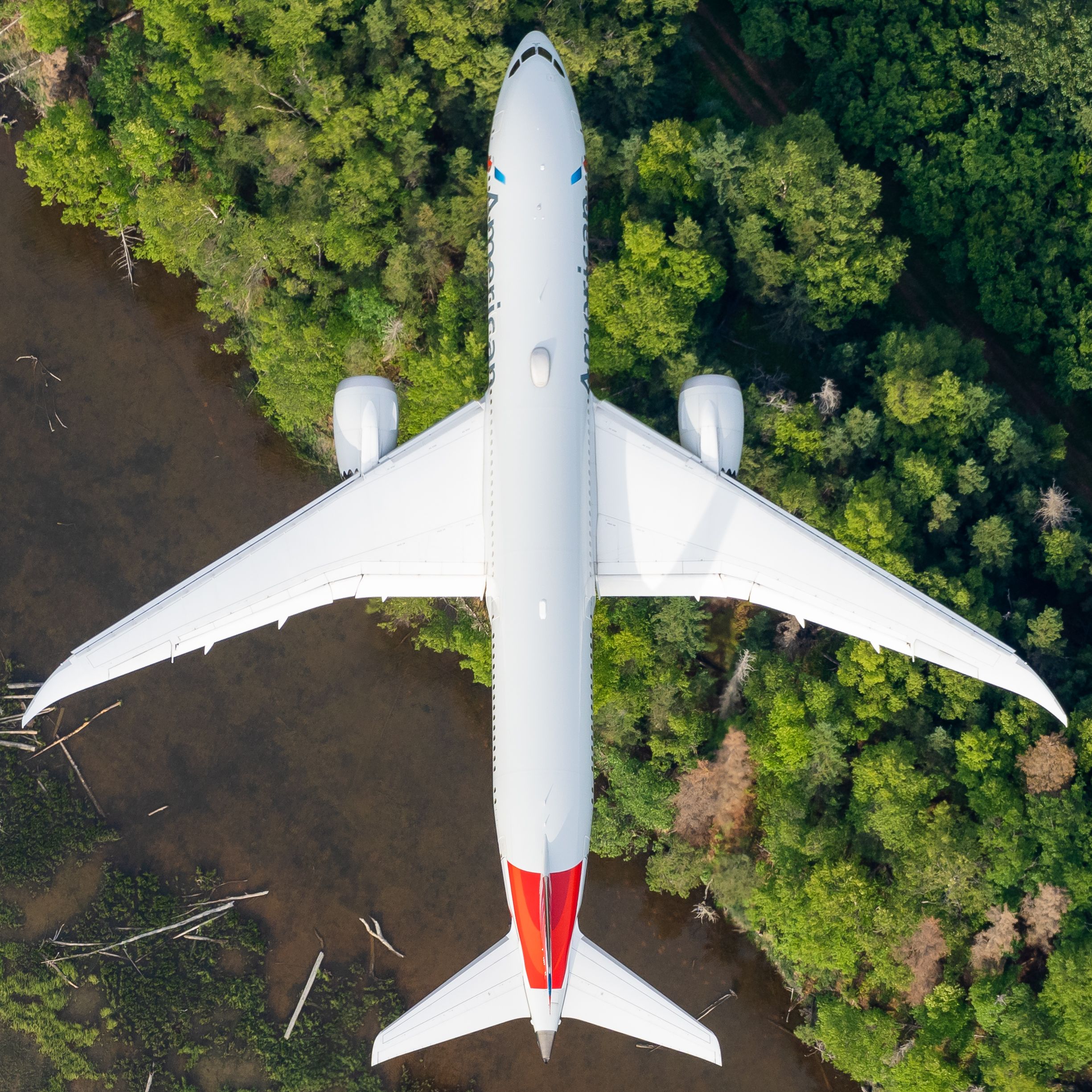San Diego to Miami
While returning from a business trip to California, I opted to book a first-class seat on a non-stop ‘redeye’ flight from San Diego to Miami. A few days earlier, I had flown Main Cabin Extra with the perk of an exit-row seat. Since that seat on the outbound non-stop flight was somewhat comfortable, I wondered how different a domestic first-class seat on my return trip would be.
Domestic vs. International First-Class
Not all first-class seats are the same, especially when you compare domestic and international offerings. American Airlines provides two-distinct types of this higher-priced seating. On long-haul international flights (as well as some premium transcontinental domestic routes), the carrier operates “Flagship First Class,” which is what one would expect with meals and several seat-based amenities.
While they share the same surname, there is a notable difference between Flagship First Class and domestic first class. Flagship provides what most people associate with this type of seating, including a lie-flat seat with an inflight entertainment console, multi-course meals, an amenity kit, and premium lounge access.
On the other hand, domestic first class offers fewer of the aforementioned perks. You may not get a meal but can count on free alcoholic drinks and a wider seat than those found in Economy. These are the first seats we often see when boarding a single-aisle aircraft such as an Airbus A320/321 or Boeing 737. In fact, the 737’s first class seats are comparable to those in premium economy found on American’s Boeing 777 jets flying transatlantic routes.
Transcontinental flying in domestic first class
The airline operates an Airbus A321neo on the San Diego to Miami route, and boarding my flight in Group 1 was the first perk I enjoyed. Settling into seat 3D after placing my carry-on in the designated overhead bin was quick. A few minutes after being seated, a very friendly flight attendant greeted me and the other first-class passengers to provide orange juice or water while the other passengers boarded. This differs distinctly from the Flagship Class seating I’ve enjoyed on international flights, where a selection of drinks and snacks are offered during boarding. Nevertheless, I enjoyed a cool glass of water while waiting for the flight to push back from the gate.
One notable difference is the lack of three-pronged power outlets like those on economy seats. Yes, the seat back had a USB-style connection and a hard-to-find outlet in a storage area within the armrest. Unfortunately, neither of these options were compatible with my iPhone. This was frustrating, especially considering the popularity of this mobile device and the power outlet provided in every economy seat just a few rows back from my location.
Not having a fully charged iPhone is not a crisis, but it did limit my in-flight entertainment options since this domestic first-class seat did not have a seatback console. A five-hour trip with a low mobile phone battery and no other inflight options was not a first-class experience, in my opinion, The low battery was my fault, but it would be advantageous for American to offer either an entertainment console or at least a power outlet that fit all phones and devices.
One thing to keep in mind is that these seats do not lie flat as their Flagship counterparts do. That was fine with me since the degree of reclination provided was more than adequate for this flight.
Dining options
American Airlines offers different dining options for domestic first class, depending on the flight’s planned distance and the time of day. Since this was a ‘redeye’ flight that departed about an hour after its originally scheduled 9:15 pm slot, my research revealed that dining options would be limited on this flight, and they were. So, eating dinner at a terminal restaurant was part of my preflight planning.
Once aboard, a selection of snacks was offered, including bags of chips, crackers, and sweets. As my hunger built, so did the number of bags I grabbed from the basket held by the flight attendant.
While the dining was limited and the seat did not lie flat, the service was courteous and prompt. Priority check-in and boarding and the wider seat made this five-hour flight comfortable. While this domestic first-class seat doesn’t compare to American Airlines’ Flagship service, it offers flyers an option if they’re willing to pay for it. Is it worth the extra cost? You’ll just have to try it for yourself and see.






